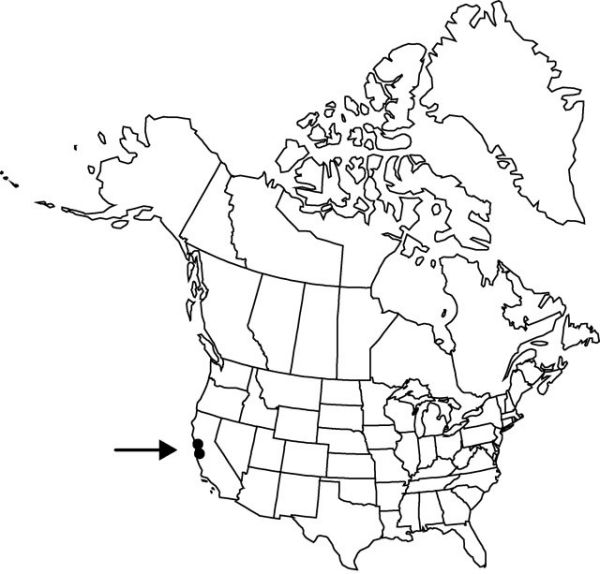Difference between revisions of "Trillium chloropetalum var. chloropetalum"
FNA>Volume Importer |
FNA>Volume Importer |
||
| Line 1: | Line 1: | ||
{{Treatment/ID | {{Treatment/ID | ||
|accepted_name=Trillium chloropetalum var. chloropetalum | |accepted_name=Trillium chloropetalum var. chloropetalum | ||
| − | |accepted_authority= | + | |accepted_authority= |
|publications= | |publications= | ||
|basionyms= | |basionyms= | ||
| Line 20: | Line 20: | ||
|distribution=Calif. | |distribution=Calif. | ||
|discussion=<p><i>Trillium chloropetalum </i>var.<i> chloropetalum</i> is found in San Mateo and Santa Clara counties and in the counties along the east side of San Francisco Bay, north to Napa and Lake counties in California. It is more frequent east and south of the San Francisco Bay region.</p><!-- | |discussion=<p><i>Trillium chloropetalum </i>var.<i> chloropetalum</i> is found in San Mateo and Santa Clara counties and in the counties along the east side of San Francisco Bay, north to Napa and Lake counties in California. It is more frequent east and south of the San Francisco Bay region.</p><!-- | ||
| − | --><p>J. D. Freeman (1975) determined chemically that all plants of < | + | --><p>J. D. Freeman (1975) determined chemically that all plants of <i></i>var.<i> chloropetalum</i> have yellow pigment present in petals, though it may be masked by purple. My own quite limited field observations seem to indicate that plants of this variety are somewhat shorter at flowering than those of <i></i>var.<i> giganteum</i>, and that the bracts of <i></i>var.<i> chloropetalum</i> show a slightly metallic luster at that stage of development.</p> |
|tables= | |tables= | ||
|references= | |references= | ||
| Line 29: | Line 29: | ||
-->{{#Taxon: | -->{{#Taxon: | ||
name=Trillium chloropetalum var. chloropetalum | name=Trillium chloropetalum var. chloropetalum | ||
| − | + | |authority= | |
| − | |authority= | ||
|rank=variety | |rank=variety | ||
|parent rank=species | |parent rank=species | ||
| Line 44: | Line 43: | ||
|publication year= | |publication year= | ||
|special status= | |special status= | ||
| − | |source xml=https://jpend@bitbucket.org/aafc-mbb/fna-data-curation.git/src/ | + | |source xml=https://jpend@bitbucket.org/aafc-mbb/fna-data-curation.git/src/f50eec43f223ca0e34566be0b046453a0960e173/coarse_grained_fna_xml/V26/V26_122.xml |
|genus=Trillium | |genus=Trillium | ||
|subgenus=Trillium subg. Phyllantherum | |subgenus=Trillium subg. Phyllantherum | ||
Revision as of 21:45, 16 December 2019
Petals yellow, yellowish green, greenish purple, to deep purple, bronze-green or brown, never white, yellow pigment always present even when masked by purple.
Phenology: Flowering late winter–spring (late Feb–early or mid Apr).
Habitat: Variable habitat: edges, openings in and along ravines in redwood forest, thickets and tangles of cut-over forest, stream flats in deciduous woods, chaparral brushland, open wooded sloped on dunes, brushy islands in surprisingly open grasslands, but usually where soil remains moist most of the season
Elevation: 0–2000 m
Discussion
Trillium chloropetalum var. chloropetalum is found in San Mateo and Santa Clara counties and in the counties along the east side of San Francisco Bay, north to Napa and Lake counties in California. It is more frequent east and south of the San Francisco Bay region.
J. D. Freeman (1975) determined chemically that all plants of var. chloropetalum have yellow pigment present in petals, though it may be masked by purple. My own quite limited field observations seem to indicate that plants of this variety are somewhat shorter at flowering than those of var. giganteum, and that the bracts of var. chloropetalum show a slightly metallic luster at that stage of development.
Selected References
None.
